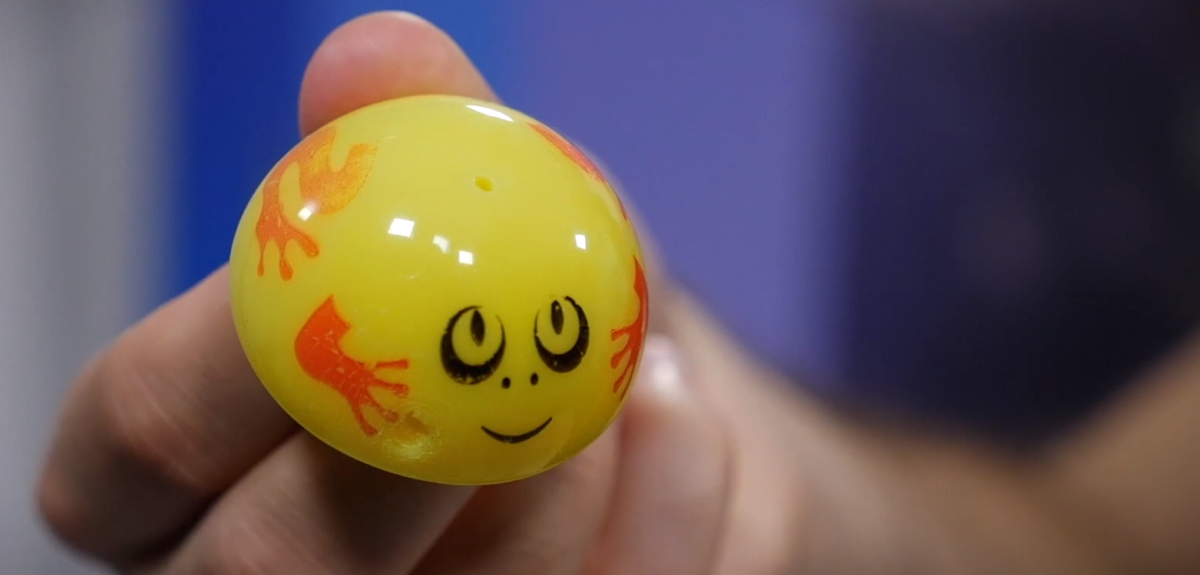
How do jumping popper toys work?
In a series of videos launching The Mathematical Observer, a new YouTube channel showcasing the research performed in the Oxford Mathematics Observatory, Oxford Mathematician Michael Gomez (in collaboration with Derek Moulton and Dominic Vella) investigates the science behind the jumping popper toy.
Snap-through buckling is a type of instability in which an elastic object rapidly jumps from one state to another. Such instabilities are familiar from everyday life: you have probably been soaked by an umbrella flipping upwards in high winds, while snap-through is harnessed to generate fast motions in applications ranging from soft robotics to artificial heart valves. In biology, snap-through has long been exploited to convert energy stored slowly into explosive movements: both the leaf of the Venus flytrap and the beak of the hummingbird snap-through to catch prey unawares.
Despite the ubiquity of snap-through in nature and engineering, how fast snap-through occurs (i.e. its dynamics) is generally not well understood, with many instances reported of delay phenomena in which snap-through occurs extremely slowly. A striking example is a children’s ‘jumping popper’ toy, which resembles a rubber spherical cap that can be turned inside-out. The inside-out shape remains stable while the cap is held at its edges, but leaving the popper on a surface causes it to snap back to its natural shape and leap upwards. The snap back is not immediate: a time delay is observed during which the popper moves very slowly before rapidly accelerating.
The delay can be several tens of seconds in duration — much slower than the millisecond or so that would be expected for an elastic instability. Playing around further reveals other unusual features: holding the popper toy for longer before placing it down generally causes a slower snap-back, and the amount of delay is highly unpredictable, varying greatly with each attempt.
See more videos: Episode two: how fast the popper toy snaps, and how its unpredictable nature can arise purely from the mathematical structure of the snap-through transition.